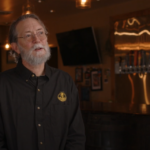At ProBrew, we pride ourselves on providing the best service to our customers, no matter how difficult. In this video, the Head Brewmaster at Foothills Brewing describes ProBrew's service team and even describes a particular instance where one of our … [Read More...] about [VIDEO] Customer Service Client Testimonial
Main Content
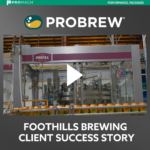
[VIDEO] ProFill Rotary Can Filler Case Study
When a beverage manufacturer is ready to take the next step in the production, they call ProBrew™. In this example, Foothills Brewing in Winston-Salem, North Carolina partnered with ProBrew to bring their production facility into a whole other … [Read More...] about [VIDEO] ProFill Rotary Can Filler Case Study
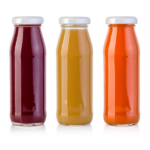
Crafting Excellence: Unveiling the Advantages of Hot-Fill Technology for Non-Carbonated Beverages with TechniBlend™
By Chris Emory, Director of Business Development – Non-Carbonated Beverages In the realm of beverage production, where precision meets innovation, the spotlight is now shining on hot-fill technology. This cutting-edge method has not only … [Read More...] about Crafting Excellence: Unveiling the Advantages of Hot-Fill Technology for Non-Carbonated Beverages with TechniBlend™
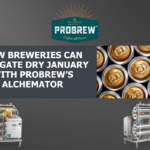
How Breweries Can Navigate Dry January with ProBrew’s Alchemator
By: Jake Kolakowski, Director of Business Development – Beer, Brewing, and Filling Systems As the holiday season wraps up, many individuals embark on a unique journey at the start of the new year—Dry January. This trend, which involves … [Read More...] about How Breweries Can Navigate Dry January with ProBrew’s Alchemator
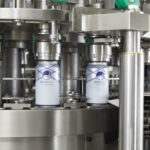
The Volumetric Advantage in Beverage Can Filling with TechniBlend’s ProFill V-Series
By Tom Lex, Head of Engineering at TechniBlend and ProBrew In the dynamic world of packaging solutions, where efficiency and precision reign supreme, the choice of can filling method plays a pivotal role in determining a product's success. Among … [Read More...] about The Volumetric Advantage in Beverage Can Filling with TechniBlend’s ProFill V-Series
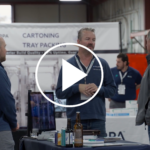
[VIDEO] Oktoberfest Recap Video
ProBrew's annual Oktoberfest is a celebration of the beverage industry. Our two-day event, hosted in Waukesha, WI, gives our beverage manufacturing partners an incredible opportunity to learn about the latest technology in the industry while also … [Read More...] about [VIDEO] Oktoberfest Recap Video
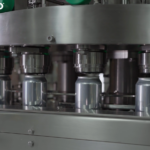
[Video] ProFill V – Volumetric Rotary Can Filler from TechniBlend™
The ProFill V series of Volumetric can fillers are accelerating plant production everywhere. To learn more about how the ProFill V is enhancing canning operations, checkout our product page! … [Read More...] about [Video] ProFill V – Volumetric Rotary Can Filler from TechniBlend™
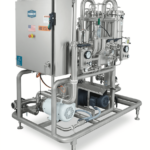
Enhancing Quality and Shelf Life: The Role of Deaerating Systems in the Beverage Industry
In the ever-evolving landscape of the beverage industry, where taste, appearance, and shelf life are paramount, technological advancements continue to play a pivotal role in meeting consumer demands. One such technological innovation that has … [Read More...] about Enhancing Quality and Shelf Life: The Role of Deaerating Systems in the Beverage Industry
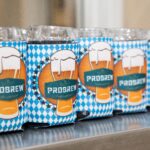
Why You and Your Team Need to Be at This Year’s Oktoberfest Celebration
By Evan Rusch, Marketing Manager at TechniBlend and ProBrew ProBrew’s Oktoberfest is just around the corner, and if you're a member of the beverage industry, you need to secure your spot to an event filled with the latest innovations, subject … [Read More...] about Why You and Your Team Need to Be at This Year’s Oktoberfest Celebration

The Best In Beverage Processing and Canning Solutions at Pack Expo Las Vegas
Pack Expo 2023 is fast approaching and TechniBlend™ is excited to be a part of the ProMach Metroplex located at Booth #C-3014 in the Central Hall! TechniBlend is bringing the latest and greatest in beverage processing and can filling to the show and … [Read More...] about The Best In Beverage Processing and Canning Solutions at Pack Expo Las Vegas

